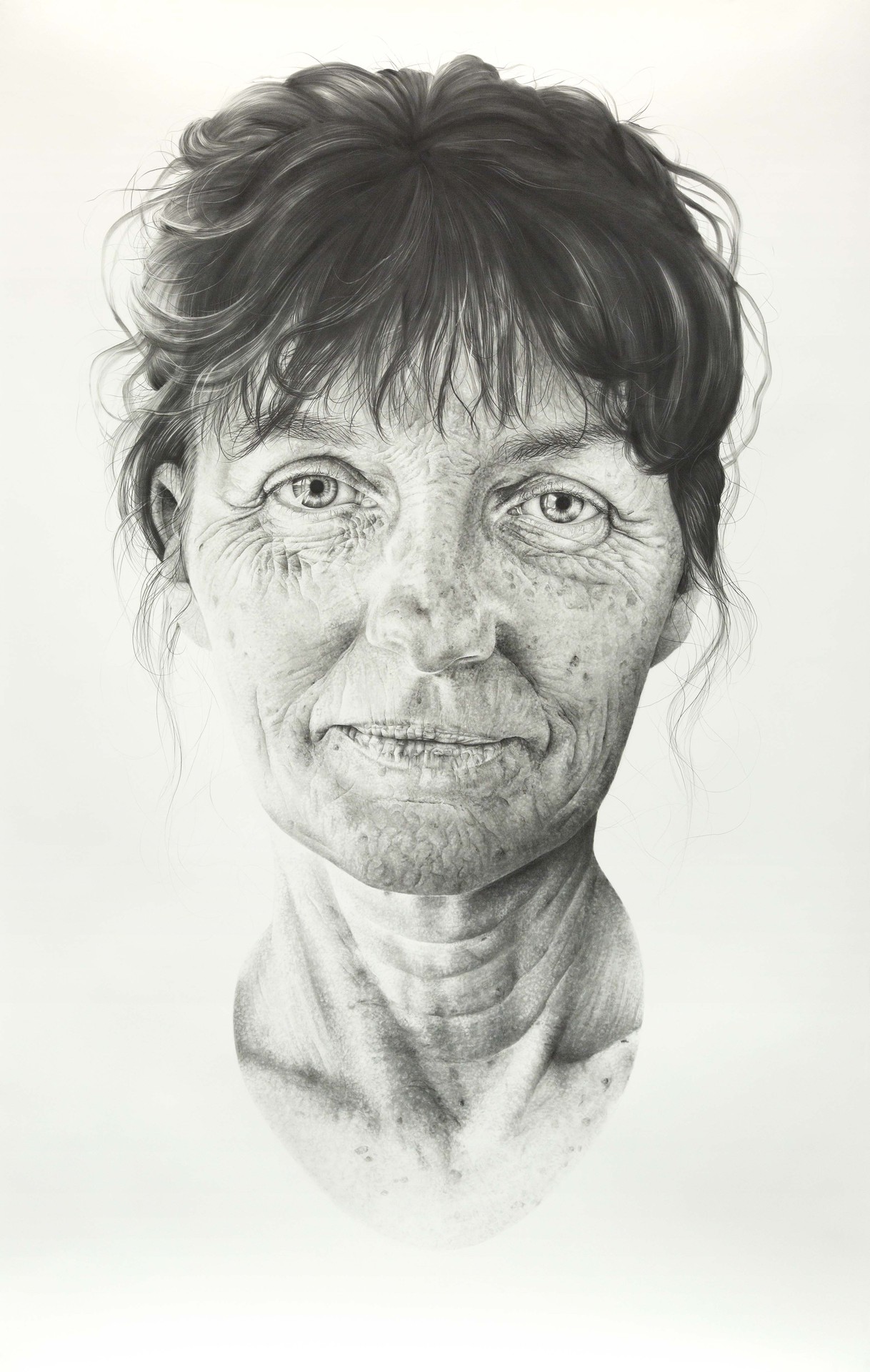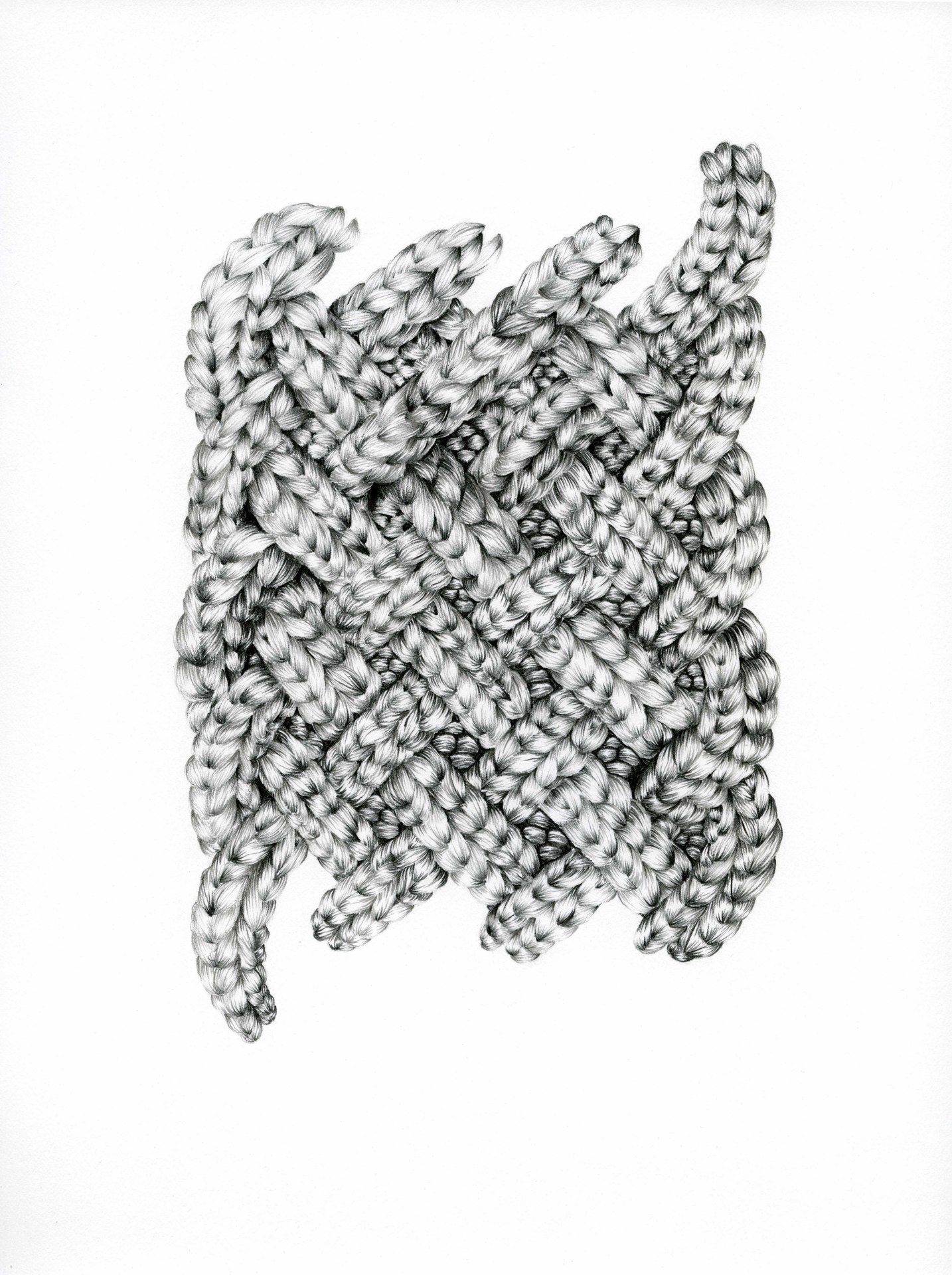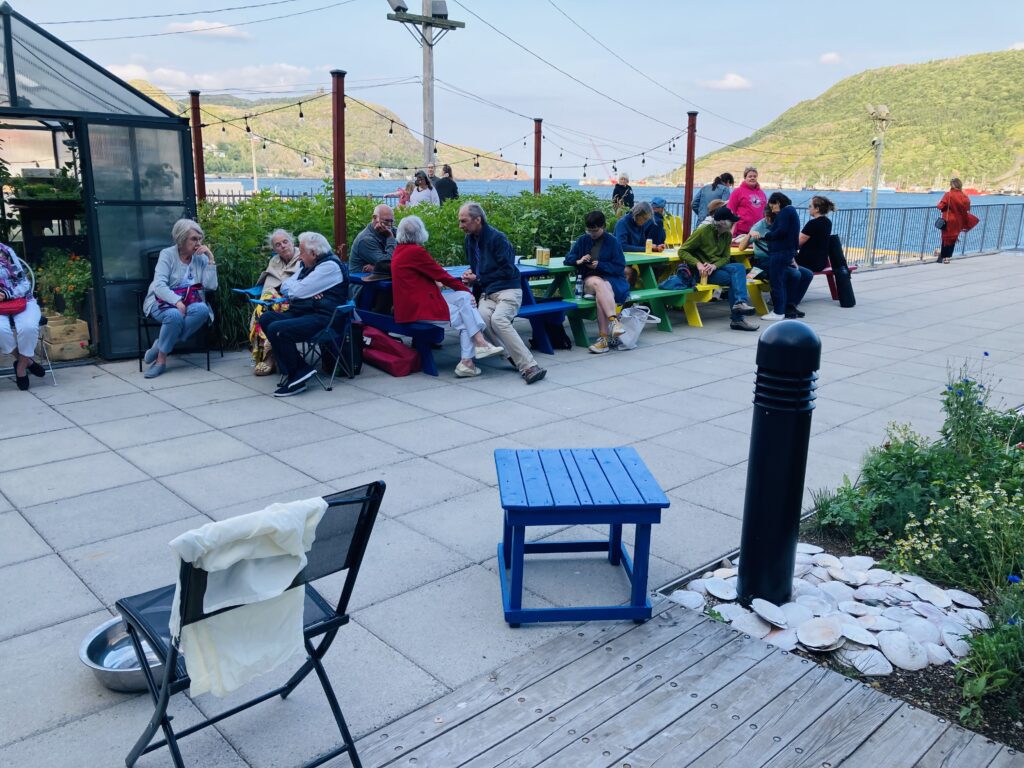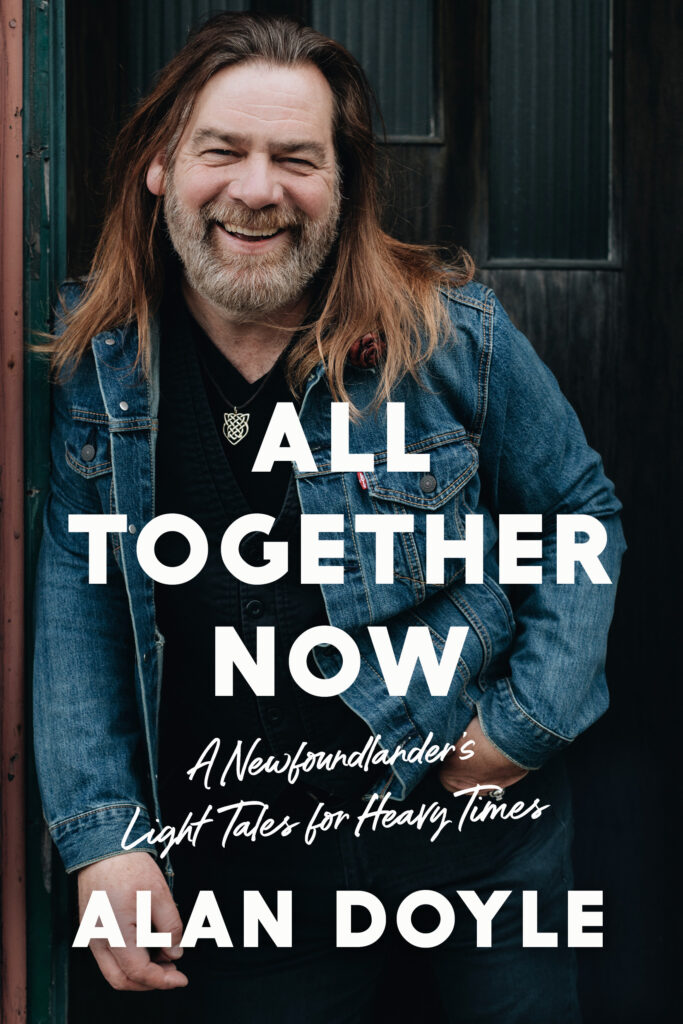Home for Now: Michelle MacKinnon’s A Rendering of the Once Familiar
October 2018
Michelle MacKinnon’s career as an artist and educator has taught her to quickly shift perspectives from the unfamiliar to the familiar.
Using pencil and graphite powder on paper, MacKinnon creates hyper-realistic drawings of the people and objects that comfort and construct a sense of home. Her career has taken her to so many locations that she describes the experience as a transient displacement.

Mom (Donna)
Powdered graphite and pencil
2015
“First of all, I always want to make sure that it doesn’t sound like a bad thing or anything. I’m proud of the fact that I’ve grown up in such a steady same place and that I have been able to evolve to being this person who can jump around and move around. It’s been a long process to do that but finally I’m at that place where, if I need to move I can pack in two hours. I never thought I would be at that point where I’d be okay with that.”
When MacKinnon accepted a sessional teaching position at the School of Fine Arts at Grenfell Campus in 2016, her move to Corner Brook signalled an ongoing exploration and reevaluation of how she defined home. “I think the definition of home is different than it used to be, and it really varies from person to person. So I think there’s a lot that can be explored with it especially once you get into a transient home. I think I’m constantly redefining it and paring it down and expanding it, depending on the place that I go to.”
As MacKinnon prepared to move from Ontario to Newfoundland, her parents sold the only home she had known and lived in for 17 years. She reminisced about her childhood on the farm, playing in the creek and surrounding forests, and how she experienced an existential moment once she realized that she no longer had a home base. She turned to her drawing practice to help cement the perception of what was, or still could be, home.
Her art implies permanence pushing past traditional ideas of home as static. “It’s an exploration of the familiarities and unfamiliarities of home and what it means to be living in a more transient lifestyle. And how the people, and memories, and objects in your life can work to set up an idea of home when our traditional and conventional idea of home isn’t present anymore”.
MacKinnon associated people, objects, and places with home forming the blueprints for her latest work, A Rendering Of The Once Familiar. She applies such precision to detail that her drawings embrace an invisibility of medium and are often mistaken for digital renderings.

Untitled Fragment 5
Leaping past photo realism towards an exaggeration of the real, her work leaves viewers questioning who and what they’re looking at. From portraiture, MacKinnon broke off into the series untitled fragments.
“The general consensus on them is that they are a little bit uncomfortable and a little bit eerie to look at. Especially when you know you are looking at skin, but you don’t know what you’re looking at. But to me those are bits and pieces of people that I take a lot of comfort in.”
I asked MacKinnon about the risks she has taken as an artist and she describes the uncertainty she felt when she introduced textile drawings to her well-established figurative works. Her adoration of specifics lead to this jump in subject matter when she stumbled upon a “not quite perfect” sale at NONIA in St John’s. She purchased a sweater that had a flaw in the cable knit, and so began her not quite perfect series.
“I drew this little fragment of it and I wanted to make sure I included that not perfect part because I don’t think you’d ever look at that and find it immediately. As soon as I drew that one, I just loved the texture of knit. Then I started looking at other things that people had given me since we had moved and started finding those little fragmented bits of those as well, and the parts that are not quite perfect.
“I was drawn to knitting right away because I wanted something that reflected my time here in Newfoundland, but something I also felt connected with in the first place. So, knitting was a really good intersection of those two things. And it’s so nice when people give you knit items as gifts because they are the coziest things. The time spent to put into something, I just think that’s the definition of love and care right there.”

Not Quite Perfect Knit I
Pencil on paper
2018
MacKinnon’s research of knit patterns eventually evolved into her mapping all the different places she has called home. She used arbitrary patterns assigned to each location, treating her series there/there as a form of daily meditation. “It’s a recording of time and it’s a physical mapping of where I’ve been. Looking at it grounds me a little bit more and makes me feel, in the moments of feeling uprooted and displaced, I can look at these past places and see them, and it feels like there is a grounding of permanence in place.”
Dismantling traditional ideas of home is a concept all too familiar to Newfoundlanders. Despite the strong roots Newfoundlanders have to the island, transience has affected thousands of people due to a lack of jobs or public services supporting outport communities. If we can agree that our definition of home also needs to evolve beyond a physical dwelling, then perhaps we too can find comfort in the perfect and not quite perfect fragments of memory we map along the way.
Michelle MacKinnon’s A Rendering of the Once Familiar is at Alison Milne Gallery in Toronto until November 3, 2018.



